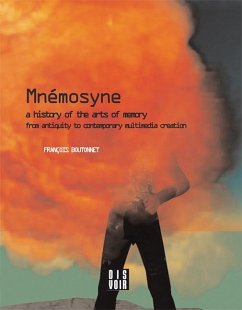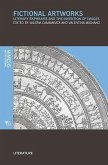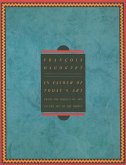The Ancient Greeks invented the art of memory (personified as Mnemosyne) 2,700 years ago. More than merely a mnemonic device useful to orators, they developed a technique for visually representing the world, which has since nurtured figurative arts and human knowledge. Focusing on the theme of Mnemosyne, this essay thus reflects on the history of visual thought as revealed by the art of memory, from antiquity through Giordano Bruno, Leibniz and Walter Benjamin to Aby Warburg and digital landscapes. Today, digital culture and its interactive practices provide new possibilities for reinventing Bruno's expanding universe. This enables us to access a wide range of information and knowledge and their interactions help us to develop collective intelligence. This work also shows how humans and their computer memories are producing new forms of knowledge using digital media combined with this ancient art; we see how a new type of visual thinking is emerging that creates new forms of knowledge and representations of the real. Because of these new possibilities, the arts of memory have become meaningful as a way of apprehending the emergence of a digital thought process. The status of images has followed the same paradigm shift, so that we now consider the image not as the visible but as the visual; not as a world of shapes, but as a concretion of time, obligating, according to Georges Didi-Huberman, art history to turn back into an art of history, an art of memory. François Boutonnet is a filmmaker and senior lecturer in film studies.
Hinweis: Dieser Artikel kann nur an eine deutsche Lieferadresse ausgeliefert werden.
Hinweis: Dieser Artikel kann nur an eine deutsche Lieferadresse ausgeliefert werden.








